Q2 2024: Xylem completes acquisition of Evoqua Water Technologies Xylem, a global water technology company, finalized its acquisition of Evoqua Water Technologies in May 2024, expanding its portfolio in advanced water and wastewater treatment solutions and strengthening its position in the sector.
Q2 2024: Veolia wins $320 million contract for wastewater treatment plant in Texas Veolia secured a major contract in April 2024 to design, build, and operate a new municipal wastewater treatment facility in Texas, aimed at supporting the region’s growing population and tightening environmental regulations.
Q3 2024: Pentair opens new manufacturing facility for water treatment equipment in Wisconsin Pentair inaugurated a state-of-the-art manufacturing plant in July 2024, dedicated to producing advanced filtration and disinfection systems for municipal and industrial water treatment applications.
Q2 2024: Ecolab launches next-generation digital water monitoring platform Ecolab introduced a new digital platform in June 2024 that leverages AI and IoT technologies to optimize water and wastewater treatment processes for industrial clients, aiming to improve efficiency and regulatory compliance.
Q1 2025: Aquatech International secures contract for zero liquid discharge system in India Aquatech International announced in February 2025 that it was awarded a contract to supply a zero liquid discharge (ZLD) wastewater treatment system for a major industrial client in India, supporting stricter environmental mandates.
Q2 2025: Jacobs Solutions wins $150 million upgrade project for Los Angeles wastewater facility Jacobs Solutions was selected in May 2025 to lead a $150 million upgrade of a key Los Angeles municipal wastewater treatment plant, focusing on advanced nutrient removal and energy efficiency improvements.
Q2 2024: Calgon Carbon expands activated carbon production for PFAS treatment In April 2024, Calgon Carbon announced the expansion of its activated carbon manufacturing capacity in the U.S. to meet rising demand for PFAS removal in water and wastewater treatment applications.
Q3 2024: Clean Harbors acquires EPOC Enviro to boost industrial water treatment services Clean Harbors completed the acquisition of EPOC Enviro in August 2024, enhancing its portfolio of advanced water and wastewater treatment solutions for industrial clients across North America.
Q1 2025: Aquagga raises $25 million in Series B funding to scale PFAS destruction technology Aquagga, a startup specializing in PFAS destruction for water treatment, closed a $25 million Series B funding round in January 2025 to accelerate commercialization and expand its U.S. operations.
Q2 2025: Pall Corporation launches new membrane filtration system for municipal water plants Pall Corporation introduced a next-generation membrane filtration system in June 2025, designed to help municipal water utilities meet stricter regulatory standards for contaminant removal.
Q1 2025: Veolia signs partnership with Saudi Water Conversion Corporation for desalination technology Veolia announced a strategic partnership in March 2025 with the Saudi Water Conversion Corporation to deploy advanced desalination and wastewater reuse technologies in the Middle East.
Q2 2024: Ecolab appoints new Chief Technology Officer to lead water innovation Ecolab named a new CTO in May 2024, tasking the executive with driving innovation in water and wastewater treatment technologies to address global water scarcity and regulatory challenges.
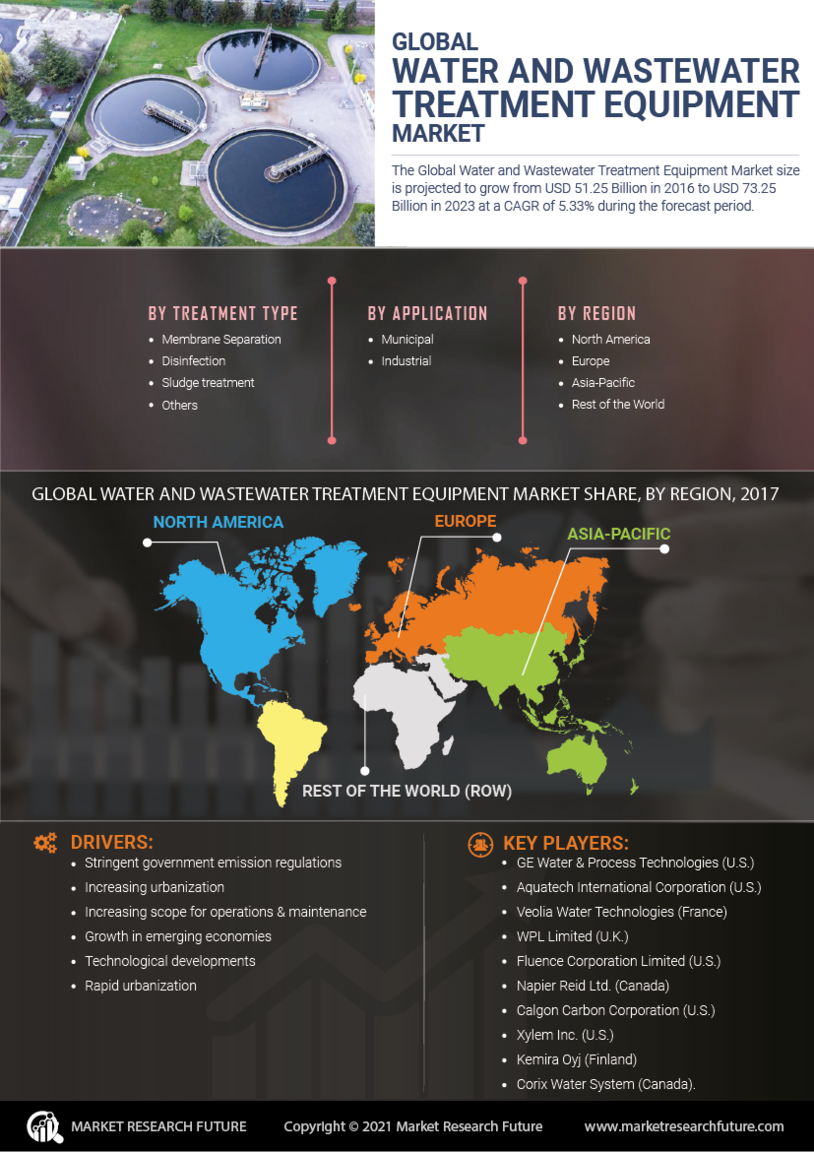

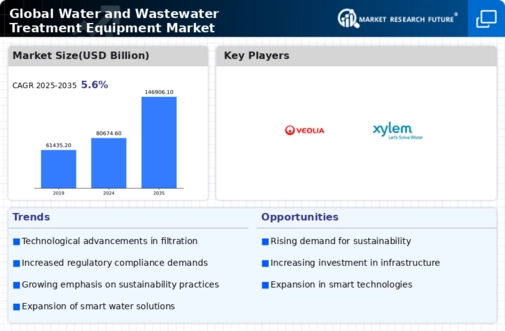
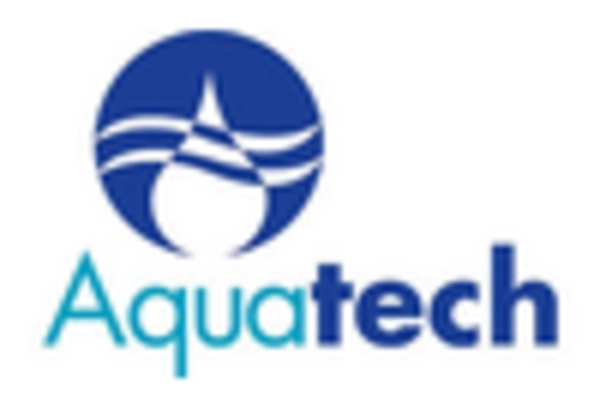
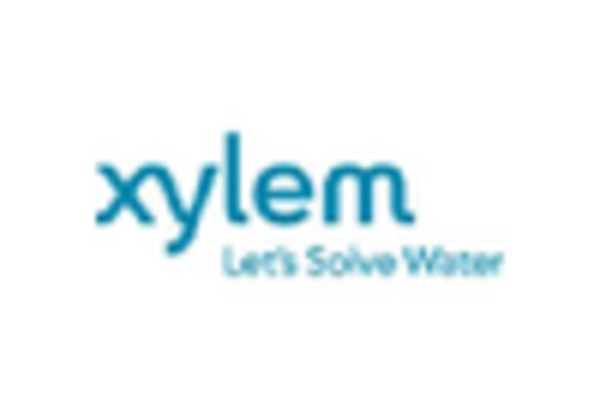



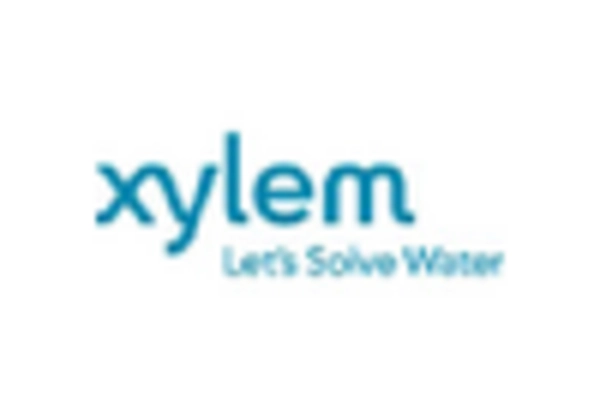








Leave a Comment